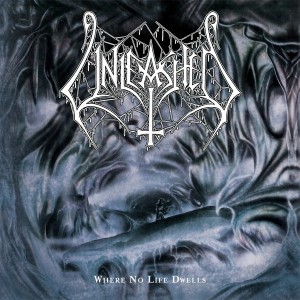 Although AC/DC and Motorhead have been putting out basically the same album over and over for 30 years, fans of these two bands never blamed them for not being different.
Although AC/DC and Motorhead have been putting out basically the same album over and over for 30 years, fans of these two bands never blamed them for not being different.
Instead the audience continues to cherish this phenomenon, as this straightforward, wild and raw music style is the trademark of these bands. Risen from rock music and propelled by underground metal, this kind of music stands for the desire of liberation, freedom and simplicity in this plastic world. It will never go out of time.
In the realm of death metal, there is a band which greatly influenced by AC/DC and Motorhead also has a constant style of music. This band is Unleashed.
Unleashed was formed after the disbanding of Nihilist. Unlike the other key figures Entombed and Carnage whose members were in Nihilist, Unleashed brought the roadhouse rock style of AC/DC and Motorhead into death metal. However as a death metal band, Unleashed has more creative ideas than the old classics. You can tell that by just looking at the names and covers of their albums, each one is as exciting to look forward to as a new Pirates of the Caribbean movie. The scent of fighting in their music also demonstrates that death metal ponders on our existences in world.
The mystic and adventurous sense of Unleashed comes from the extension of the typical “verse-chorus-bridge-verse-chorus” structure the phrasal riffs of death metal. Under an emphasized theme, each phrasal riff acts like a puzzle and combine into an epic scenery. Therefore Unleashed’s musics are richer and more narrative comparing to AC/DC and Motorhead (Before the Victory which completely lost all apprehension of mysticism). To the fans of AC/CD, Motorhead who also enjoy underground metal, do not miss Unleashed.
Translated from this post.
7 CommentsTags: death metal, Heavy Metal, Unleashed
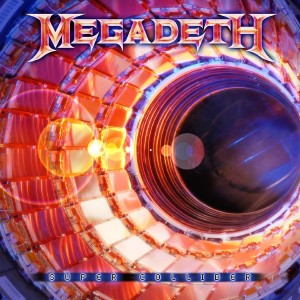
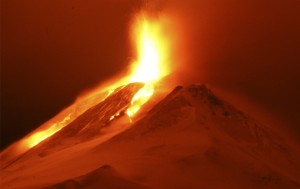 For those that are unaware of the Toba catastrophe theory – it’s based on a supervolcanic event in present-day Indonesia that changed the world. Around 75,000 years ago one volcanic eruption bottle-necked the human species and put the Earth into a decade-long volcanic winter. The human species was rendered to less than 10,000 breeding pairs and the planet was cooled. These volcanic events are nature’s way of bringing a balance back to the planet; something that modern civilization doesn’t pay any heed to because most people pigeonhole themselves in mundane routines.
For those that are unaware of the Toba catastrophe theory – it’s based on a supervolcanic event in present-day Indonesia that changed the world. Around 75,000 years ago one volcanic eruption bottle-necked the human species and put the Earth into a decade-long volcanic winter. The human species was rendered to less than 10,000 breeding pairs and the planet was cooled. These volcanic events are nature’s way of bringing a balance back to the planet; something that modern civilization doesn’t pay any heed to because most people pigeonhole themselves in mundane routines.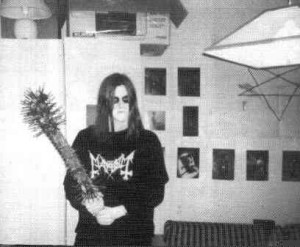 Burzum composer Varg Vikernes has posted a “goodbye” to his old self as a metal composer and in a sentimental posting, announced his retirement from metal and his intent to pursue ambient music alone.
Burzum composer Varg Vikernes has posted a “goodbye” to his old self as a metal composer and in a sentimental posting, announced his retirement from metal and his intent to pursue ambient music alone.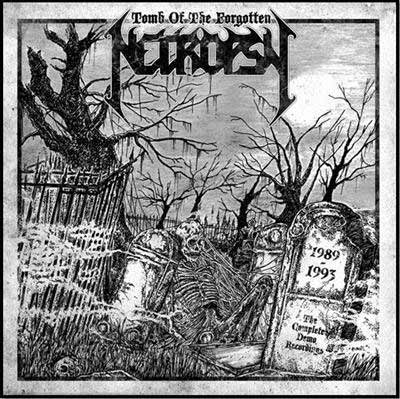
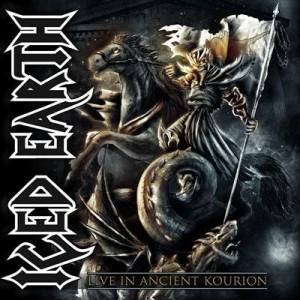
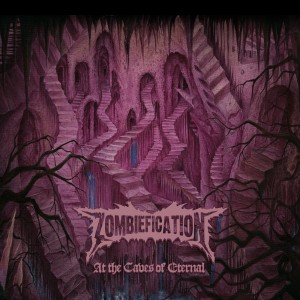
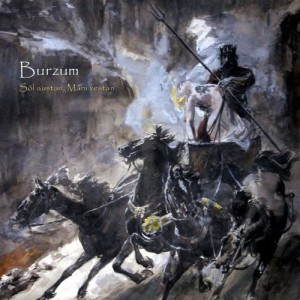 The latest album from Norwegian one-man black metal/dark ambient band Burzum will be entitled Sôl austan, Mâni vestan (East of the Sun, West of the Moon) and will be released in coming months on the Peaceville sub-label Byelobog.
The latest album from Norwegian one-man black metal/dark ambient band Burzum will be entitled Sôl austan, Mâni vestan (East of the Sun, West of the Moon) and will be released in coming months on the Peaceville sub-label Byelobog. 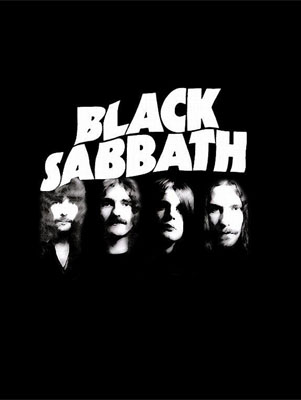 Black Sabbath has revealed their complete North American touring schedule for the summer and fall of 2013.
Black Sabbath has revealed their complete North American touring schedule for the summer and fall of 2013. 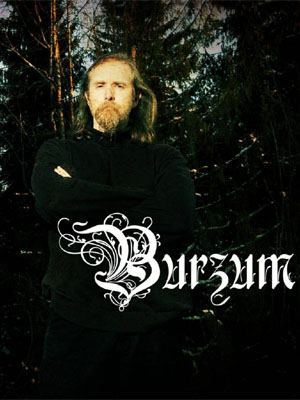 The semi-reclusive Varg Vikernes, sole composer of
The semi-reclusive Varg Vikernes, sole composer of 
